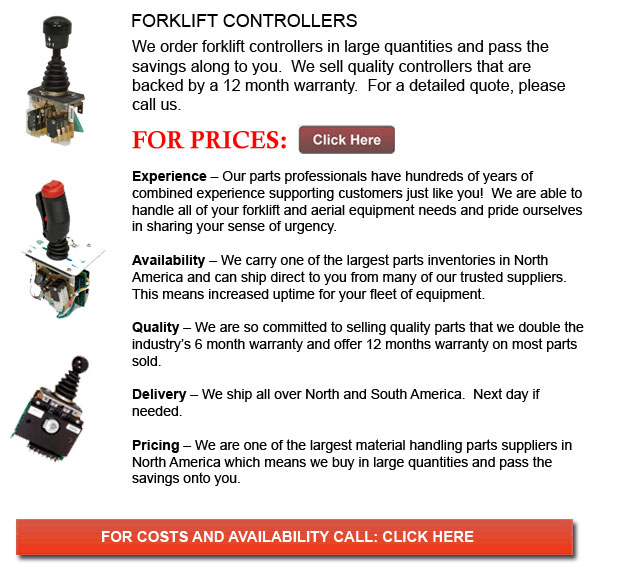
Controller for Forklift - Lift trucks are available in various load capacities and several models. Most lift trucks in a regular warehouse surroundings have load capacities between 1-5 tons. Larger scale units are used for heavier loads, like for example loading shipping containers, could have up to 50 tons lift capacity.
The operator could use a control to raise and lower the forks, which are likewise called "forks or tines." The operator can also tilt the mast so as to compensate for a heavy load's propensity to angle the blades downward to the ground. Tilt provides an ability to operate on bumpy surface too. There are annual contests intended for experienced forklift operators to contend in timed challenges as well as obstacle courses at regional forklift rodeo events.
Forklifts are safety rated for loads at a specific utmost weight as well as a specific forward center of gravity. This essential information is provided by the manufacturer and positioned on a nameplate. It is essential loads do not exceed these details. It is prohibited in lots of jurisdictions to interfere with or remove the nameplate without getting permission from the lift truck manufacturer.
Most lift trucks have rear-wheel steering to be able to enhance maneuverability inside tight cornering situations and confined areas. This particular kind of steering differs from a drivers' first experience along with other vehicles. For the reason that there is no caster action while steering, it is no necessary to use steering force to be able to maintain a constant rate of turn.
Another unique characteristic common with lift truck utilization is unsteadiness. A constant change in center of gravity happens between the load and the forklift and they have to be considered a unit during utilization. A forklift with a raised load has gravitational and centrifugal forces that can converge to bring about a disastrous tipping mishap. So as to prevent this from happening, a lift truck should never negotiate a turn at speed with its load raised.
Lift trucks are carefully built with a cargo limit for the tines. This limit is lessened with undercutting of the load, that means the load does not butt against the fork "L," and also lessens with fork elevation. Generally, a loading plate to consult for loading reference is located on the lift truck. It is unsafe to make use of a lift truck as a personnel hoist without first fitting it with specific safety devices such as a "cage" or "cherry picker."
Forklift utilize in distribution centers and warehouses
Lift trucks are an essential part of warehouses and distribution centers. It is important that the work situation they are located in is designed in order to accommodate their efficient and safe movement. With Drive-In/Drive-Thru Racking, a forklift must go inside a storage bay that is multiple pallet positions deep to put down or take a pallet. Operators are often guided into the bay through rails on the floor and the pallet is positioned on cantilevered arms or rails. These tight manoeuvres require skilled operators to do the job efficiently and safely. Since each and every pallet needs the truck to enter the storage structure, damage done here is more common than with different kinds of storage. When designing a drive-in system, considering the measurements of the blade truck, along with overall width and mast width, must be well thought out in order to be sure all aspects of a safe and effective storage facility.
![]() Click to Download the pdf
Click to Download the pdf
Forklift Parts
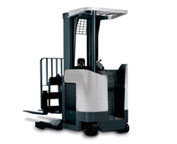
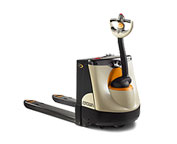
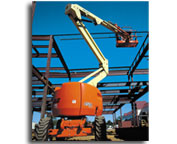
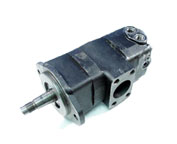
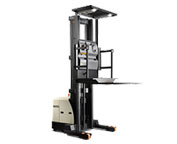
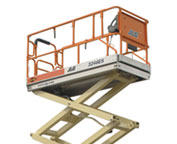

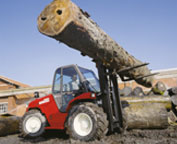
Lift Parts Express
TOLL FREE: 1-888-695-7994
LOCAL: 562-274-7605
13337 SOUTH ST 567
Norwalk, California
forkliftpartsnorwalk.com
Email Us
About Us


